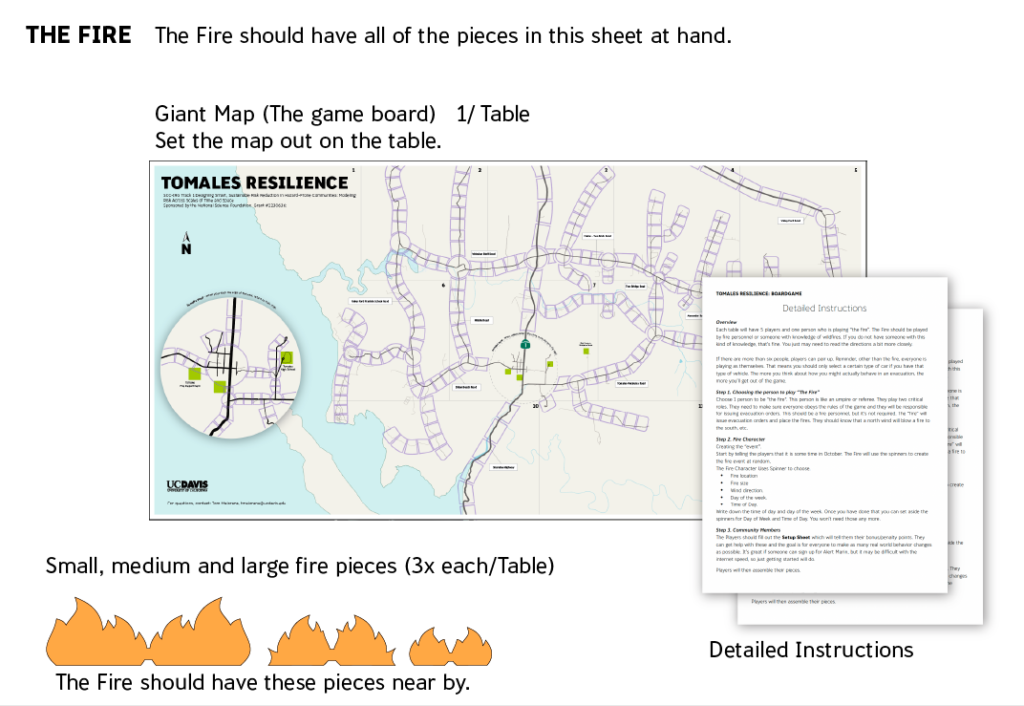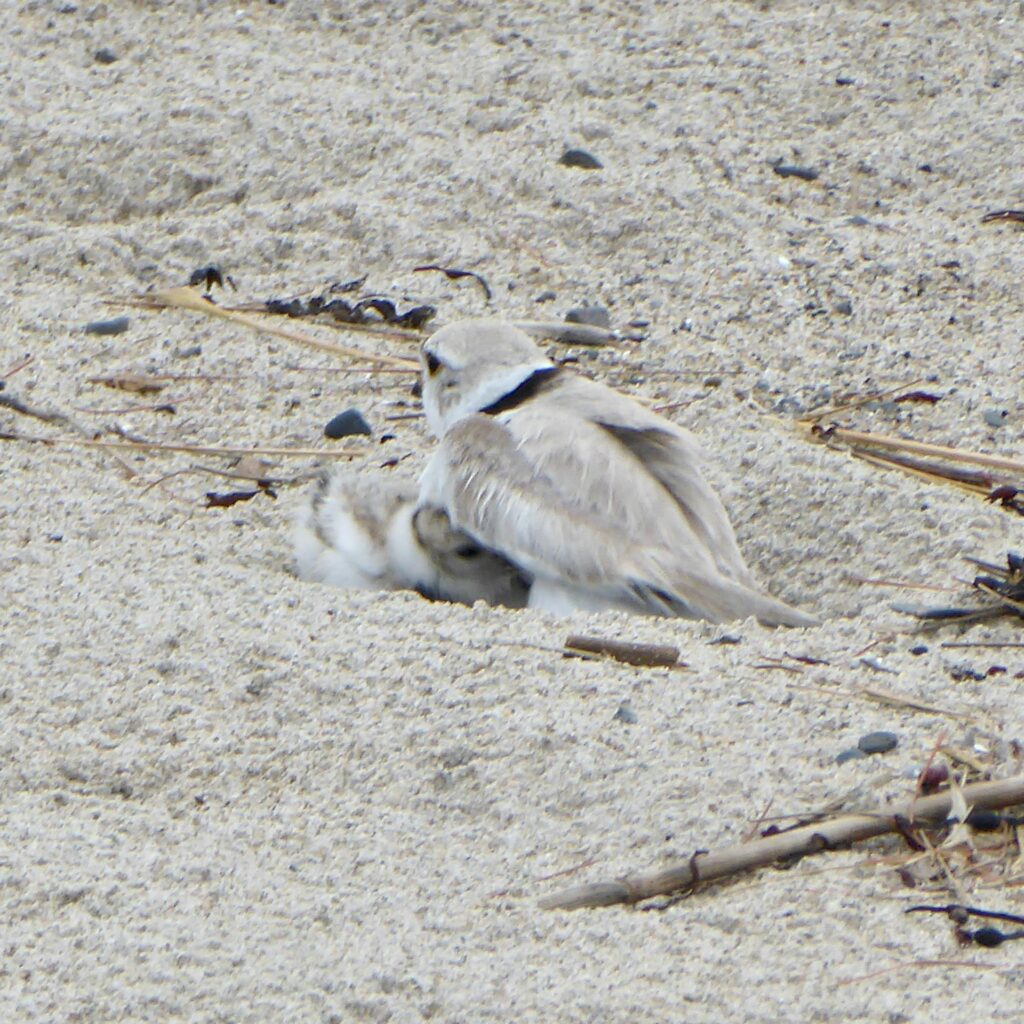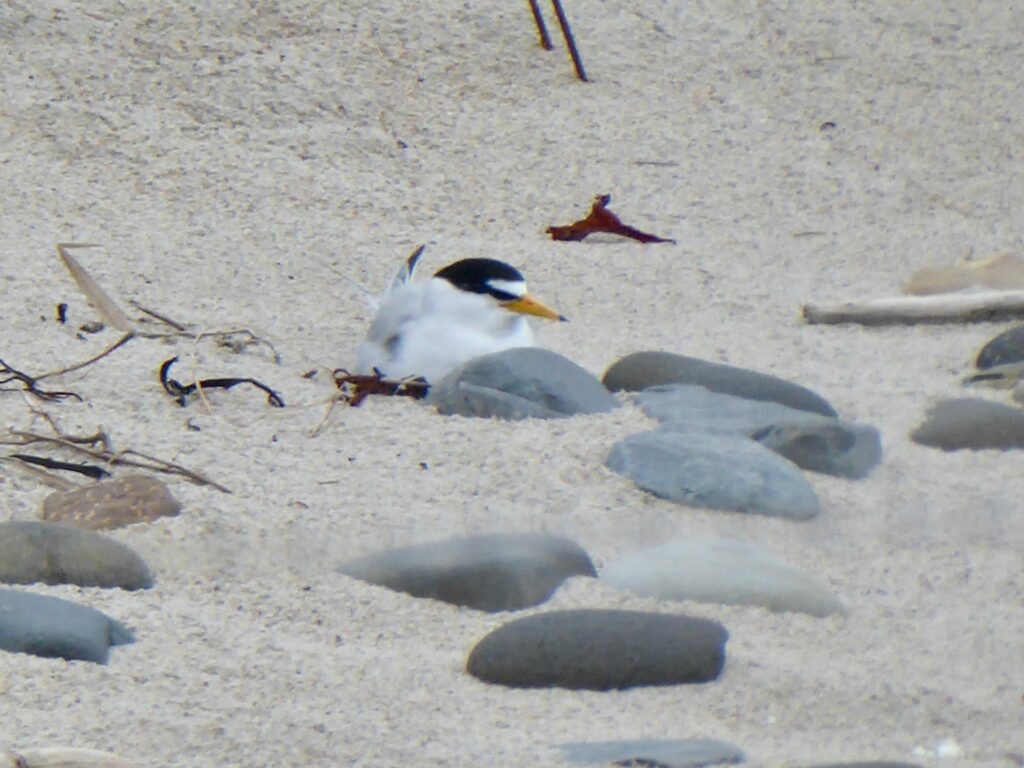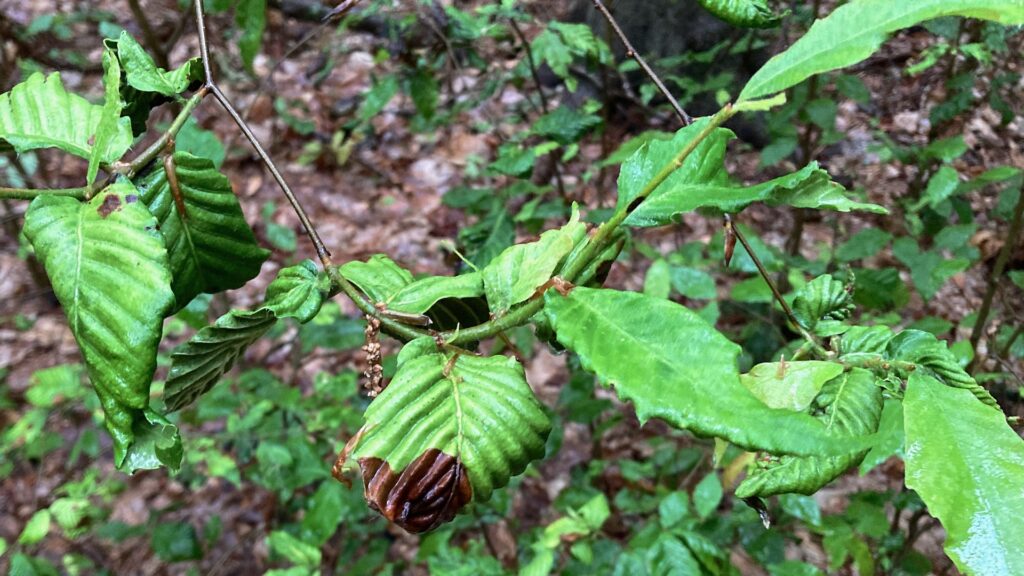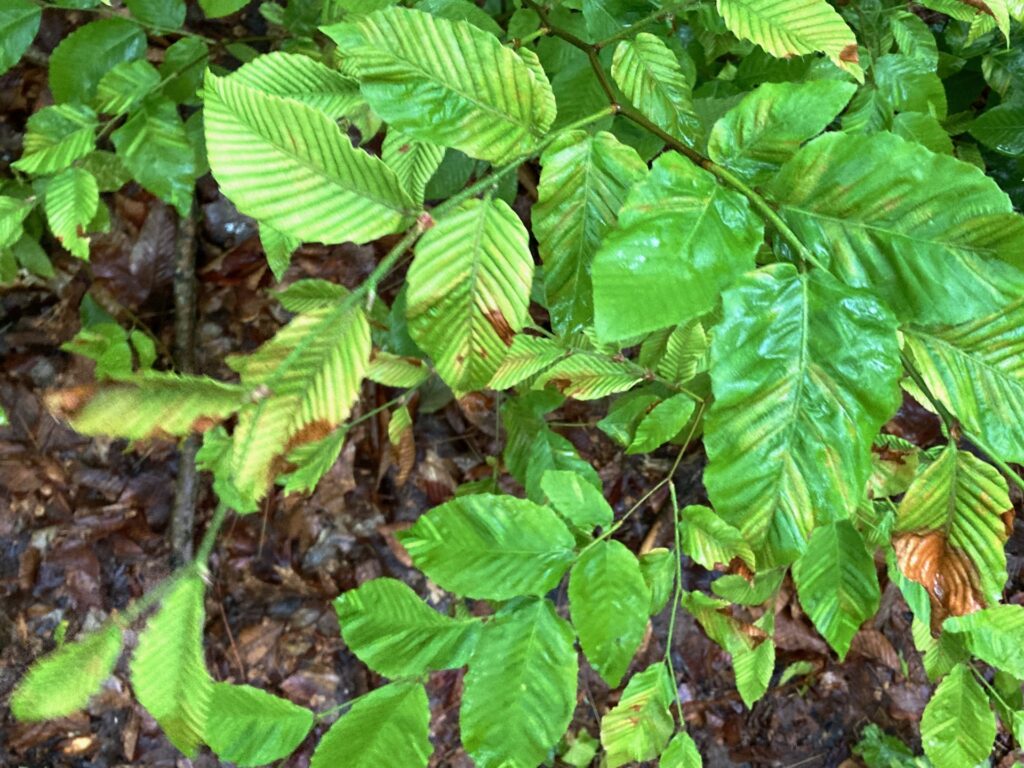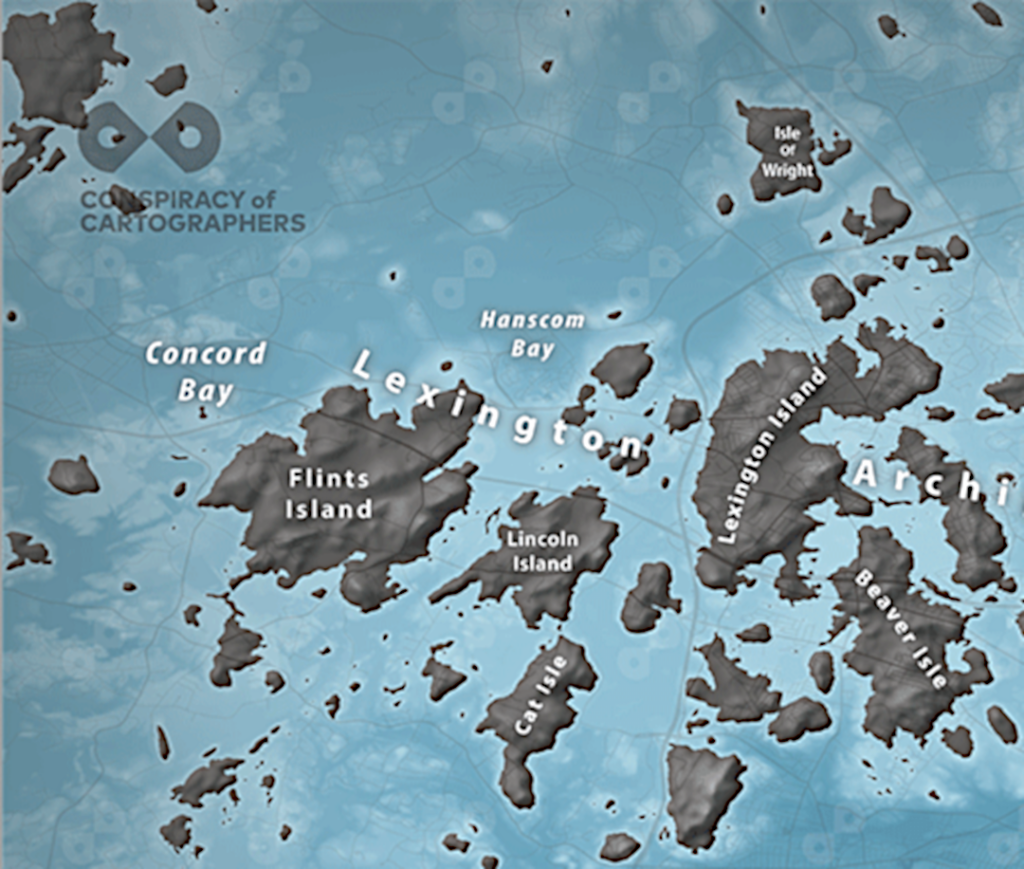Michael E. Mann, The New Climate War (New York: Public Affairs, 2021), 2022 paperback edition with a new Epilogue.
Michael Mann is a real live actual climate scientist, a professor of atmospheric science at Penn State. He’s also a pretty good writer. That’s a great combination, if you want to read about climate change.
His book The New Climate War doesn’t bother rehearsing the arguments for the validity of global climate change. As he says in the book, the science is clear now. There is now doubt that climate change is real, and that we are already witnessing some of the predicted changes (and disasters) that result from climate change.
Instead, Mann takes on Big Oil. He points out that Big Oil is no longer engaging in climate change denial. They have changed tactics. They want to slime out of taking any responsibility for causing climate change. Even though they knew that climate change was real back in the 1970s and 1980s, even though they made accurate predictions of the effects of climate change that far back, they desperately want to pretend they have no responsibility for climate change.
So instead of taking responsibility for climate change themselves, Big Oil wants us to believe that if we would just change our personal behavior — if we would just drive electric cars, stop flying on jets, and turn the thermostat down — climate change will end. They want us to believe it’s our fault. And Big Oil has figured out that if we believe that our personal behavior is what’s most important, we are far less likely to demand that Big Oil be held politically accountable.
That’s not the only sleazy, manipulative practice that Big Oil is engaging in. Mann details several other tactics, such as doomsaying — it’s all so bad, we can’t change anything, so let’s just give up. Once again, doomsaying lets Big Oil off the hook. Another tactic is promoting wild-eyed technological fixes — because if there’s some wild technological fix that’s going to come along in a couple of years (we can spew particles in the sky to block the sun! we can wait for cold fusion!), then yet again, Big Oil will not be held accountable. Yet again, Big Oil will be able to keep on raking in record profits.
But Mann says that we know what we have to do. We don’t need what he calls “false solutions.” We have to do things like follow the 2015 climate accords (which Big Oil would love to have us ignore, because it will cut into their profits). We have to push proven technologies like renewable energy (which Big Oil wants us to stop doing, because renewables cut into their profits). And we, the citizens, have to hold our political leaders’ feet to the fire (and stop electing leaders who are beholden to Big Oil). We cannot let Big Oil distract us from what actually needs to be done.
A quick read, and well-written, a necessary call to arms. Highly recommended.
(I only wish someone would write equally good books about the other ecological disasters facing us, like the spread of invasive species, and toxication, and land use change.)
